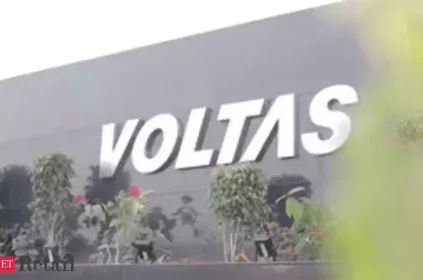Petrol and diesel prices have been hiked by 80 paise a liter each this morning, CNBC-TV18 reported, taking the total increase in the last two weeks to Rs 9.20 per liter.
This is the 13th increase in prices in the last 15 days since the end of a four-and-half-month long hiatus in rate revision. Rates have increased across the country and vary from state to state due to local taxation.
137-day freeze on petrol and diesel rates ended on March 21
After 137 days of remaining unchanged, fuel prices were increased on March 22 and have been going up ever since. The oil marketing companies (OMCs) started to increase retail fuel prices after four months as international crude oil prices have soared.
The first increase in petrol and diesel prices this year-, announced on March 22 was the first hike in 137 days. From November 3, 2021, until March 22, there had been a freeze on fuel prices due to the central government’s excise duty cut of Rs 5 a liter on petrol and Rs 10 a liter on diesel and many states also lowed state tax.
Though these measures both by the center and the state provided relief to customers against the soaring international crude oil prices, it was widely anticipated that there would be a revision in fuel prices after the results of the recent state assembly elections in Uttar Pradesh, Punjab, Uttarakhand, Goa, and Manipur were out on March 10.
We also spoke to R Venkataraman, chairman of IIFL Securities on how the rising fuel prices could impact consumer sentiment.
R Venkat: An RBI (Reserve Bank of India) study says that for every $10 rise in the price of crude, CPI (consumer price index) in India rises by 50 bps. This is assuming prices are fully passed on at the pump level. India is attempting to buy discounted crude from Russia. Crude may not last at $100 through the year.
Finally, pump prices may not be raised to reflect the full increase in crude price. For these reasons, the total impact on CPI should not exceed 60-70 bps.




















